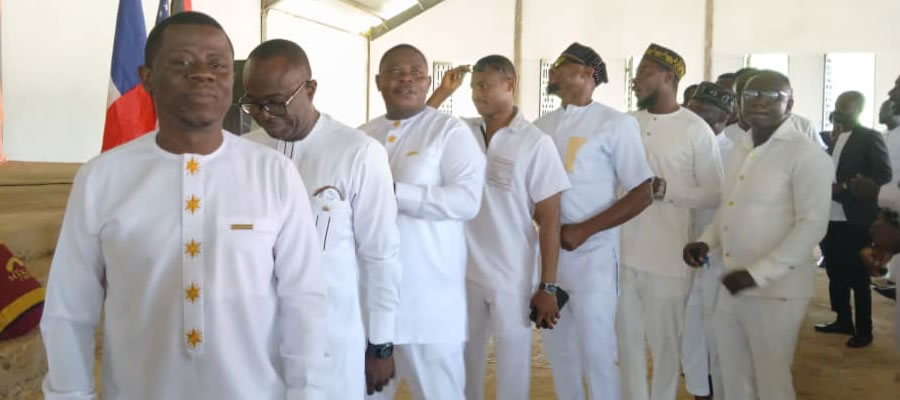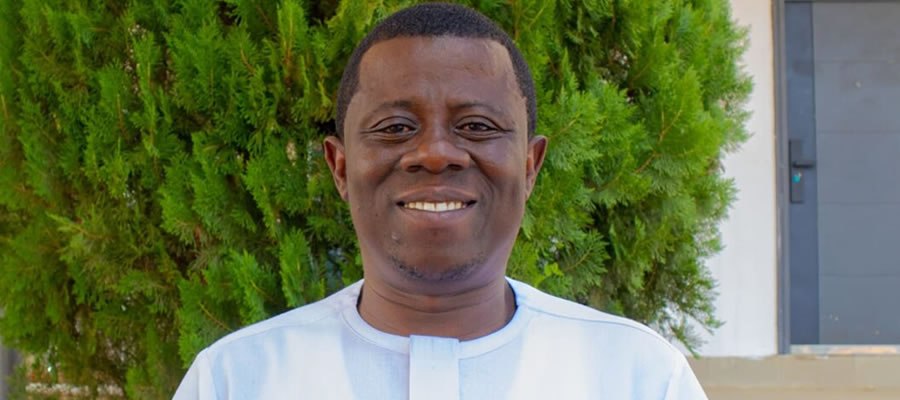

Location and Size:
Location
The Aowin Municipal is located in the mid-western part of the Western North Region and shares borders with five Districts. It is bordered to the east by Amenfi West Municipal, north-west by Suaman District, south by Jomoro Municipal. The Municipality is bordered on the north-east by Sefwi Akontombra District and Sefwi Wiawso Municipal. It also shares a common boundary on the west with the Republic of La Cote D’Ivoire.
Size
Aowin Municipal also has a total land area of 246137.13sq.km, representing about 10.12% of the total land area of Western Region (2432177.41). Enchi is the Municipal capital.
Topology and Drainage
Relief and Drainage
Generally, the Municipality has undulating surface with more than half of the total area rising above 305 meters above sea level. The highest points are over 366 m above sea level. These highlands are located on the east of Enchi where they have formed a North-North West to South-South West alignment.
The major perennial rivers that drain the district are Rivers Tano and Bia. There are a lot of tributary rivers which drain the Municipality. The well-known tributaries include Disue and Boin which drains north and south of the Municipality respectively. The major rivers and their tributaries have formed a ‘tree-like’ network on the district landscape. Rivers and streams constitute an important source of water for domestic use in most communities in the Municipality.
Climate & Vegetation
Climate and Humidity
The Municipality experiences Wet-Semi Equatorial Climatic conditions with an annual average temperature of 26°C. March and April are the hottest months i.e. before the onset of the early rains. Rainfall pattern in the District is the bimodal type with June and October being the peak seasons. The annual rainfall average ranges between 1700mm and 2100mm. It is observed that the Northern part of the Municipality recorded annual average rainfall which was comparably less than what was in the southern part of the district. This can be attributed to the tick forests located in the southern part of the Municipality.
Relative humidity is generally high, ranging between 75% and 80% during the wet season and decreasing to about 70% for the rest of the year.
Vegetation Cover
The Municipality vegetation cover is of two types namely the Tropical rainforest and the semi-deciduous forest. The main vegetation cover is the Tropical rainforest which covers almost the entire Municipality. The moist semi-decidous forest covers only a small portion on the north-eastern part of the Municipality which is very close to Sefwi Akontombra District and Sefwi wiawso Municipality.
Geology & Soil
Soil
Acrisols and Ferralsols are the predominant soil types in the Municipality with appreciable dotted quantities of Fluvisols. These soil types have developed as a result of the forest vegetation and the climatic condition of the Municipality. The soils are rich in humus and suitable for crop production such as cocoa, oil palm and food staples. It is noted that the Northern and middle belt of the Municipality is covered with Acrisols with dotted spots of Fluvisols whilst the southern part of the Municipality is covered with Ferralsols.
Geology and Minerals
Geology in the district is constituted by Upper Birimian, Hornblende and Mixed formation of the two types. The Upper Birimian formations, which are younger have been strongly folded with dips often steeper than 60° and usually form hill ranges. Examples of the highlands formed by the Upper Birrimian formations are found around Boin and Yoyo Forest Reserves.
The rock formations in the Municipality are noted for their rich mineral bearing potentials. Various organizations have been prospecting for gold in the Municipality but no major production process has taken place. Small scale gold mining activities, however, are undertaken at Sewum, Atokosue, Abokyia and Nyamkamam.
Date Created : 11/28/2017 7:20:50 AM











 facebook
facebook
 twitter
twitter
 Youtube
Youtube
 +233 593 831 280
+233 593 831 280 0800 430 430
0800 430 430 GPS: GE-231-4383
GPS: GE-231-4383 info@ghanadistricts.com
info@ghanadistricts.com Box GP1044, Accra, Ghana
Box GP1044, Accra, Ghana